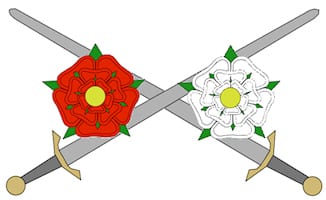

This bundle follows the Key Stage 3 National Curriculum - the development of Church, state and society in Britain 1509-1745. The lesson is enquiry based with a key question using a lightbulb posed at the start of the lesson and revisited to show the progress of learning. This lesson is fully resourced includes suggested teaching strategies, differentiated materials and comes in PowerPoint format if there is a wish to adapt and change. Students are then challenged to write to the current Education Secretary to make sure correct history lessons are now taught about Richard III in secondary schools. Was he really a deceitful and cunning person, ‘a lump of foul deformity’ with a hunchback according to Shakespeare, More and Virgil?Īrchaeological evidence from King Richard’s remains is analysed by the students to prove or disprove some of these popular ‘misconceptions’ about his posture and character. The second part of the lesson focuses on the previous Tudor perceptions of Richard III. With this new found knowledge they have to explain what they have learnt through a ‘talk like an historian’ quiz. Students learn about the Kings involved and the battles fought through fun tasks, video evidence and role play of which they have to make choices on the victors.

The first part describes and explains the events surrounding the Wars of the Roses. This lesson is broken down into two parts. Narrator John Curless does a superb job of enlivening this dense and complex story.This is the first in a series of lessons I have created on the Tudors. Jones persuasively argues that the entire narrative of a war of white versus red roses is, in no small part, semiotically rich Tudor propaganda conceived to aggrandize the regimes of Henry VIII and Elizabeth I by contrasting 15th-century chaos with the subsequent period of relative peace and cultural efflorescence. His subsequent marriage to Elizabeth of York merged the feuding families and launched the Tudor dynasty.


At the Battle of Bosworth in 1485, the Lancastrian Henry Tudor defeated Richard III, becoming King Henry VII. As lawlessness and intrigue escalated, the throne fell to Edward IV and then his brother, Richard III, who had his two nephews killed to secure his crown. In time, Henry VI grew to be a feckless leader whose ineptitude encouraged his ambitious kinsmen to plots and treason. The premature and sudden death of Henry V in 1422 left his infant son, Henry VI, on the throne, surrounded by quarreling councilors. In the 15th century, the English crown changed hands five times as rival branches of the Plantagenets-the Lancasters and the Yorks-schemed and fought for the right to rule.


 0 kommentar(er)
0 kommentar(er)
